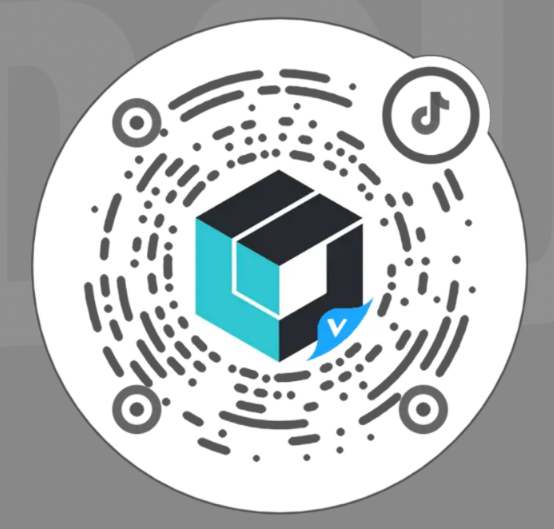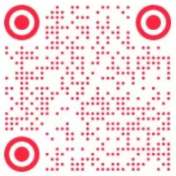- 关于我们
- 免责声明
- 24/7 咨询热线: 400-635-0567
1. Chain Restrictor Window Limiters: This type of window limiter uses a chain to restrict how far a window can open. It is often used in homes and commercial buildings to prevent falls while still allowing for ventilation.
2. Friction Stay Window Limiters: Friction stay window limiters are designed to limit the opening angle of a window by using friction to hold the window in place. They are commonly used in casement windows to prevent them from swinging open too wide.
3. Track Limiters: Track limiters are installed on sliding windows to control how far the window can slide open. They help prevent accidents and provide added security by limiting access through the window.
4. Clasp Window Limiters: Clasp window limiters use a clasp mechanism to restrict the opening distance of a window. They are often used in schools and other public buildings to protect children from falling out of windows.
5. Cable Restrictor Window Limiters: Cable restrictor window limiters use a cable to limit the opening of a window. They are commonly used in hospitals and care facilities to ensure safety while still allowing for air circulation.
6. Screw-on Window Limiters: Screw-on window limiters are easy to install and adjust, providing a simple way to limit the opening of a window. They are often used in residential properties to prevent unauthorized access through windows.
7. Sash Window Limiters: Sash window limiters are designed specifically for sash windows, controlling how far they can be opened. They help improve safety and security while preserving the historic charm of older buildings.
8. Magnetic Window Limiters: Magnetic window limiters use magnetic force to restrict the opening of a window. They are discreet and easy to operate, making them a popular choice for modern homes and offices.
9. Key-Lockable Window Limiters: Key-lockable window limiters offer an added level of security by requiring a key to adjust the opening of the window. They are commonly used in high-security buildings to prevent unauthorized access.
10. Child-Safe Window Limiters: Child-safe window limiters are specifically designed to protect young children from accidents involving windows. They are installed at a safe height and prevent windows from opening wide enough for a child to climb through.
1. 窗户打开时限位测试:检测窗户打开时限位器是否能够准确停止窗户打开的动作,确保窗户不会打开过度而导致安全隐患。这个测试项目能够验证限位器在窗户打开状态下的有效性,保障用户的安全。
2. 窗户关闭时限位测试:检测窗户关闭时限位器是否能够准确停止窗户关闭的动作,确保窗户不会关闭过度而造成损坏或安全问题。这个测试项目可以验证限位器在窗户关闭状态下的可靠性。
3. 自动停止测试:测试窗户在遇阻时是否能够自动停止关闭或打开,以避免夹人或夹物的情况发生。这个项目可以验证限位器在面对阻力时的响应能力。
4. 手动操作测试:测试在限位器失效的情况下,窗户是否能够通过手动操作打开和关闭,以确保用户在必要时能够进行手动控制。这个测试项目考察了窗户在紧急情况下的应急功能。
5. 电源故障模拟测试:模拟窗户限位器所需的电源故障情况,检测窗户在此情况下的自动停止功能是否正常运作。这个测试可以验证限位器在电源故障时的可靠性。
6. 温度影响测试:测试窗户限位器在不同温度条件下的性能表现,确保在极端温度情况下限位器仍能正常运作。这个测试项目考察了限位器的环境适应能力。
7. 震动测试:测试窗户在遇到外部震动时,限位器是否能稳定工作,防止误动作或故障。这个测试考察了限位器在车辆行驶或其他震动工况下的稳定性。
8. 耐久性测试:通过模拟窗户多次打开和关闭的操作,检测限位器的耐久性和寿命,确保在长期使用情况下仍能保持正常功能。这个测试项目可以验证限位器的可靠性和持久性。
9. 电压波动测试:模拟突然电压波动或不稳定情况下,检测窗户限位器是否对电压波动有适应性,保证限位器的稳定性和安全性。这个测试项目可以验证限位器在电压波动时的可靠性。
10. 外部干扰测试:测试外部干扰(如电磁干扰、无线信号干扰等)对窗户限位器的影响,确保限位器不会受到外部干扰而工作异常。这个测试项目可以验证限位器在复杂电磁环境下的稳定性。
11. 恢复能力测试:检测窗户限位器在一次误作动作后能否自动恢复到正常状态,确保限位器具备自我修复能力,降低因误动作而引发的问题。这个测试项目可以验证限位器的智能反馈和自动调整功能。
12. 紧急停止测试:测试限位器是否具备紧急停止功能,以防窗户在紧急情况下需要立即停止动作。这个测试项目可以保证用户在紧急情况下能够迅速停止窗户运动,增强安全性。
窗户限位器的检测方法包括以下几种:
1. 可视检查:首先,检查窗户限位器是否安装在正确的位置,是否有受损或松动的部分。确保限位器的位置和状态符合安装要求,没有异常情况出现。
2. 手动测试:可以通过手动操作窗户,测试限位器的反应。在窗户关闭到限位位置时,尝试继续向下推动窗户,检查限位器是否可以有效地停止窗户的继续关闭动作。同样,在窗户打开到限位位置时,测试限位器是否可以有效地阻止窗户进一步打开。
3. 使用测试仪器:可以使用专门的窗户限位器测试仪器,通过连接到限位器来测试其工作状态。这种方法可以更准确地检测限位器的响应时间、敏感度和稳定性,确保其符合安全标准。
实验仪器:
1. 窗户限位器
2. 电压表
3. 夹具
实验仪器作用:
1. 窗户限位器:用于测量和设定窗户的开启和关闭限位,确保窗户在达到设定位置时停止移动。
2. 电压表:用于检测窗户限位器的电路连接和电压输出情况,确保限位器正常工作。
3. 夹具:用于固定窗户限位器和调节装置,确保实验过程中窗户和限位器处于稳定位置。
确认测试对象及项目:根据要求确认测试对象并进行初步检查,安排样品寄送或上门采样;
制定与确认实验方案:制定实验方案并与委托方,确认验证方案的可行性和有效性;
签署委托书与支付:签署委托书,明确测试细节,确定测试费用并支付;
执行与监控实验测试:严格按照实验方案执行测试,记录数据,进行必要的控制和调整;
数据分析与出具报告:分析数据并进行归纳,撰写并审核测试报告,出具报告,并反馈结果给委托方。
 北检
官方微信公众号
北检
官方微信公众号
 北检
官方微视频
北检
官方微视频
 北检
官方抖音号
北检
官方抖音号
 北检
官方快手号
北检
官方快手号
 北检
官方小红书
北检
官方小红书
 北京前沿
科学技术研究院
北京前沿
科学技术研究院